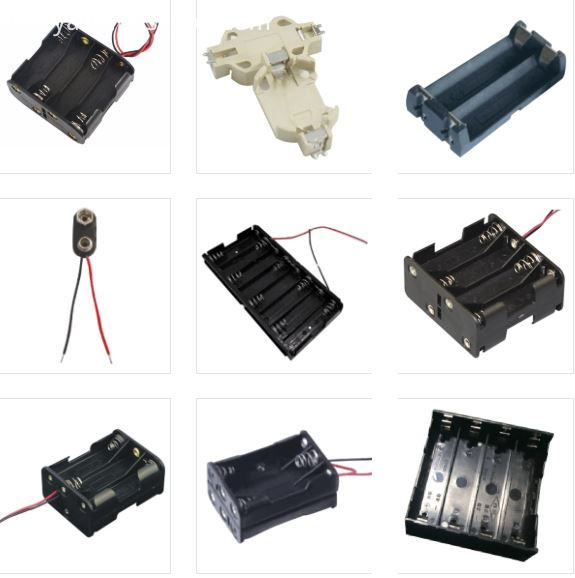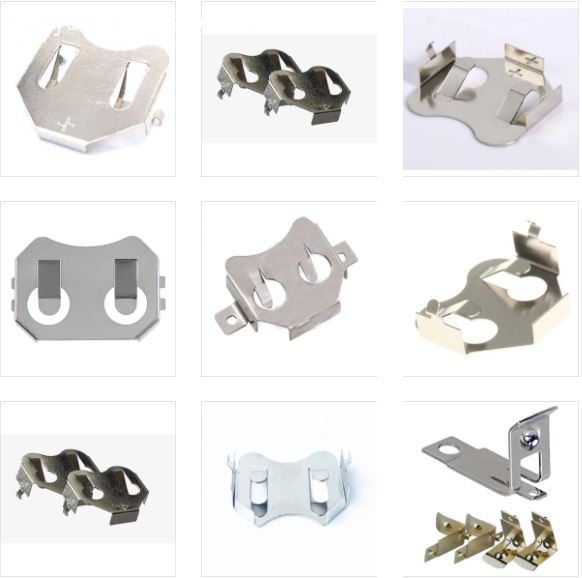Currently, most electronic devices contain two different types of field effect transistors: n-type using electrons as charge carriers and p-type using holes as charge carriers. The two transistors generally do not convert to each other. The new transistors that Dresden University of Technology and Deqimenda Co., Ltd. have jointly developed can be programmed by electrical signals, allowing them to re-assemble themselves and walk between the n-type and p-type transistors.
The new transistor consists of a single metal-semiconductor-metal structure nanowire embedded in a silica shell. Electrons or holes emanating from one end of the nanowire reach the other end of the nanowire through two gates. These two gates control the flow of electrons or holes in different ways: one gate controls the type of transistor by choosing to use electrons or holes; the other gate controls electrons or holes by tuning the conductivity of the nanowires.
Traditional transistors determine whether they are p-type or n-type by doping different elements during the manufacturing process. The new transistors do not need to be doped with any element during the manufacturing process. The type of the transistor can be reconfigured by applying an external voltage to a gate. . The applied voltage causes the Schottky junction near the gate to prevent electrons or holes from flowing through the device. If electrons are blocked and holes can flow, then the transistor is p-type, and vice versa is n-type.
The researchers explained that the key to making this reconfiguration work is to tune the electron flow through the Schottky junction (one per gate). Simulations show that the nanowire geometry plays a key role in this regard.
Although the study is still in its infancy, new transistors have demonstrated excellent electrical characteristics. For example, compared with traditional nanowire field-effect transistors, the on/off ratio is higher and leakage is less. Walter Weber, the leader of the research, said: "In addition to using artificial nanowires, this transistor can be manufactured using advanced silicon semiconductor manufacturing technology. Self-aligned technology can also be used to greatly increase the operating frequency and speed. â€
Next, scientists plan to improve the performance of the new transistor by changing the composition of the material and create the circuit that runs on it. They stated that the biggest challenge is how to integrate additional gate signals when combining them with other transistors.
Antenk Battery Holders, Battery Snaps an Mobile battery connectors are designed to create connections and contain batteries in electronic equipment. This series includes battery holders and coin cell holders for AAA, AA, C, D, 9V and lithium coin cells. Antenk produces this series in a variety of terminations such as through hole PCB leads, SMT leads, wire leads and solder lugs. Custom lead lengths on wire configurations are also avaialble. Our superior retention holders are molded of UL-94V0 or UL-94HB material with spring steel contacts and perform extremely well under normal or adverse environment conditions.
Antenk offer a large range of battery and coin cell holders and battery contacts for various mounting requirements.
Our battery clips, contacts & holders are designed with leading edge technology in mind, to accommodate all major manufacturers` batteries.
Available in a wide range of materials and mounting styles including SMT, THM & off board.
Some of the applications include : Telecommunications, memory hold, emergency power systems, personal medical monitoring devices.
Battery Holders

Antenk battery holders rely on continuous innovation.
Every year we continue to innovate and create not only new types holders for new kinds of batteries, but also new types of holders for common batteries. Our award-winning designs have been used in all types of projects around the world, and they have been everywhere from under the sea to outer space. No matter what size and shape battery holder is needed, we can provide a solution. Our standard line includes over 250 different battery holders, with enough variations to suit most applications. We also have a long history of delivering custom battery holder solutions, which we optimize to perfectly suit the the needs of our clients.
Specialized Knowledge
Designing the best battery holders requires the best industry knowledge. At Antenk, we have over 15 years of battery holder design experience. We know what works and what doesn't, and we thoroughly test our newest designs to ensure they meet our rigorous quality standards. Understanding batteries and how they vary among brands, the requirements of modern electronics manufacturing practices, and how electronics consumers operate battery holders are all examples of the specific knowledge we apply during our battery holder design process.
Battery Holders by Type of Battery
1/2AA | 1/3N | 223A | 23A | 9V | AA | AAA | AAAA | C | CR123A | CR2 | CR2/3A | CR2N | D | Li-ion 18650 | N | Other Sizes
Coin Cell Battery Holders

We have created a wide variety of coin cell battery holders for use in all types of devices, and from handheld medical devices to server motherboards we have solutions for any application. The ever increasing types, sizes, and sheer number of devices which use coin cell battery holders have been keeping us busy, and we have a similarly increasing selection of coin cell battery holder designs. After all, the perfect coin cell battery holder for a handheld medical device is going to be vastly different from the one for a server motherboard.
Unique Coin Cell Battery Holders
Antenk has pioneered a large number of new styles of coin cell battery holders to suit the various needs of the electronics industry. Our Verticals are an excellent way to save space on a crowded board, while our Minis can save almost 3 mm in height above the PCB over traditional coin cell battery holders. Gliders are an excellent upgrade over coin cell retainers, offering more reliable connections while also having simple, tool-less battery replacements. Our newest technology is Snap Dragon, which adds a snapping cover to the traditional style of coin cell battery holders for increased reliability.
Coin Cell Battery Holders by Size of Cell
191 | 335 | A76 | CR1025 | CR1216 | CR1220 | CR1225 | CR1620 | CR1632 | CR2016 | CR2025 | CR2032 | CR2320 | CR2325 | CR2330 | CR2335 | CR2354 | CR2420 | CR2430 | CR2450 | CR2477 | CR3032 | Coin Cell | F3 iButton | F5 iButton | LR1120 | LR44 | ML414 | SR512SW | SR60 | V80H or CP1654 | iButton | BR1025 | BR1216 | BR1220 | BR1225 | BR1620 | BR1632 | BR2016 | BR2025 | BR2032 | BR2320 | BR2325 | BR2330 | BR2335 | BR2420 | BR2430 | BR2450 | BR2477 | BR3032 | Other Sizes
Coin Cell Retainers

Coin cell retainers are simple metal contacts that both electrically connect coin cells and hold them in place, while taking up minimal additional space on the PCB. They feature nickel-plating, and since most coin cells have nickel shells this helps to prevent galvanic corrosion, an electrochemical process that can damage dissimilar metals that are in electrical contact. Our retainers are always designed with automation in mind, and can be easily picked and placed, with both through hole and surface mount retainers available for most coin cell sizes. Combining the ease of automation with the low cost of Antenk's retainers, it is no wonder they are such a popular product.
Coin Cell Retainers by Size of Cell
191 | 335 | CR1025 | CR1216 | CR1220 | CR1225 | CR1632 | CR2016 | CR2032 | CR2320 | CR2325 | CR2330 | CR2354 | CR2430 | CR2450 | CR2477 | F3 iButton | F5 iButton | LR1120 | LR44 | ML414 | SR512SW | SR60 | V80H or CP1654 | BR1025 | BR1216 | BR1220 | BR1225 | BR1632 | BR2016 | BR2032 | BR2320 | BR2325 | BR2330 | BR2450 | BR2477 | Other Sizes
Circle Connector,Battery Holders ,Battery Contacts,Battery Holders,Battery Clips,Battery Contacts​,Battery Enclosures ,Coin Cell Battery Holders ,Cylindrical Battery Contacts, Clips, Holders & Springs
ShenZhen Antenk Electronics Co,Ltd , https://www.antenkelec.com
